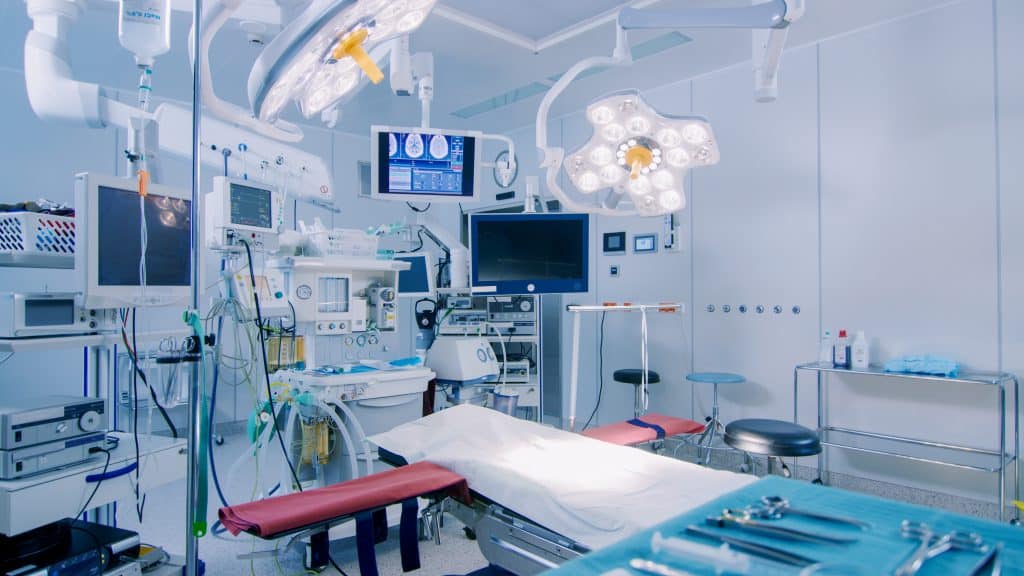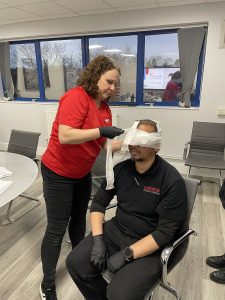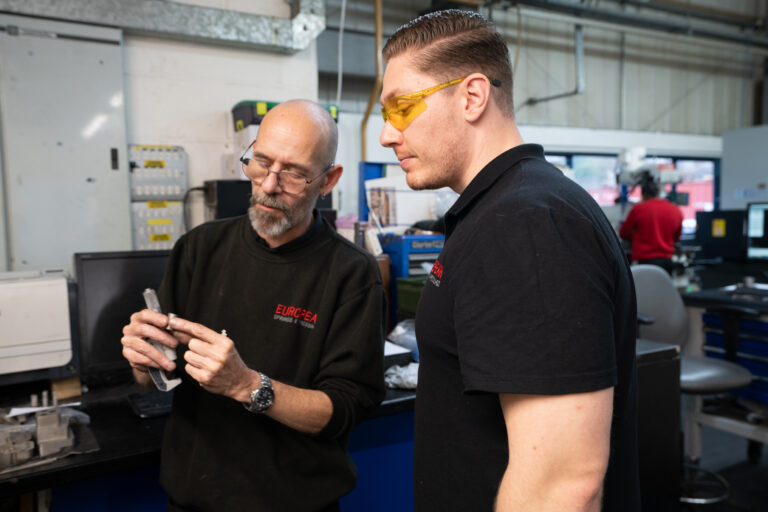As an experienced spring manufacturer, we see many uses for springs throughout the medical industry, and it’s fair to say that the sector would be very different without them. Most of the equipment and systems used on a day to day basis require springs to operate efficiently.
We’re proud to manufacture and supply a wide range of medical stampings for the healthcare industry. In this blog, we’ll discuss some of the most common uses of springs within this sector, including how gas springs are used and how prosthetics are made.
Medical Stampings for the Healthcare Industry
Medical components are always designed and manufactured with the highest quality in mind. With smart technology and streamlined processes, the whole sector relies on products to help patients and continue research.
Bespoke stampings, gas springs and compression springs are all used regularly throughout the healthcare industry. While medical engineering uses slightly different components, they have similar designs and features, including the requirement to comply with industry standards.
Gas Springs Applications in the Medical Industry
Due to their versatility, gas springs can be applied to a wide range of equipment and adjustable applications in the healthcare industry.
The spring itself is made up of a cylindrical body filled with nitrogen gas, a piston rod, a seal and a guiding function that allows the mechanism to extend and compress as required.

Below, we’ve listed some of the most popular uses for our gas spring and strut range:
- Flow control valves
- Healthcare beds
- Physiotherapy beds
- Pressure regulators
- Patient trolley systems
- Positive pressure ventilator
- CPAP machines
- Robotic-assisted surgery
Springs in Prosthetics
Progress in engineering and manufacturing has allowed artificial limbs and joints to change the lives of millions of people worldwide, and the field of medical prosthetics is still advancing.

Prosthetics date back to over 3,000 years ago in Egypt, where archaeologists discovered a carved wooden toe with a piece of leather that fits onto a foot. In the 16th century, Ambroise Paré, an innovative French battlefield surgeon, created the first functional mechanical limb — a hand with flexible fingers that worked with catches and springs.
The 19th century saw the creation of articulated prosthetic limbs, and while prosthetic limbs have existed for a long time, their use rose dramatically in the UK after World War I.
Manufacturers of medical prosthetics continue to break boundaries, creating life-like limbs that combine aesthetics with functionality.
The Technology of Today
3D-printed prosthetics are becoming more common due to the nature of them being less cost-prohibitive. They can easily be designed for each individual and are a necessity for developing countries where most citizens can’t afford expensive medical prosthetics.
Award-winning company Open Bionics are known for turning children with limb differences into bionic heroes with their fascinating 3D-printed limbs. The UK-based company also works closely with the NHS, working to help amputees write, walk, and shake hands again.
With over 70 years of experience as a spring manufacturer, we have the expertise to create a whole host of springs perfect for any application within any industry.
If you’d like to find out more, please take a look at our ‘springs in various industries’ brochure (PDF) or browse our spring catalogue to find the correct medical springs for your medical components.







